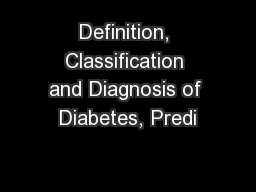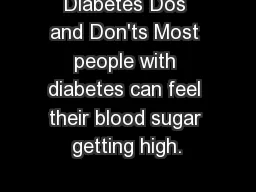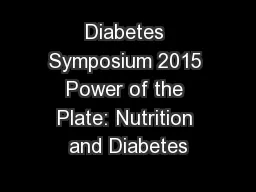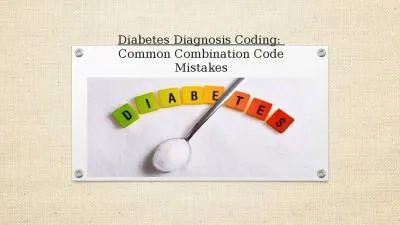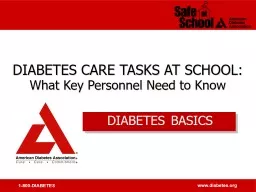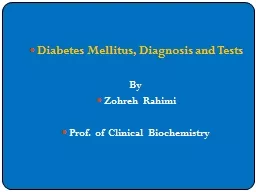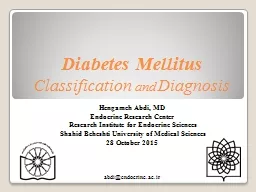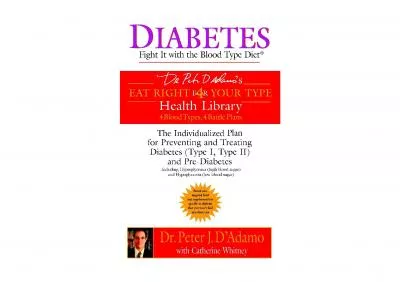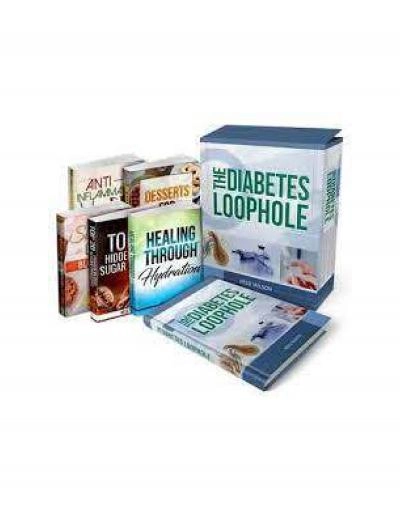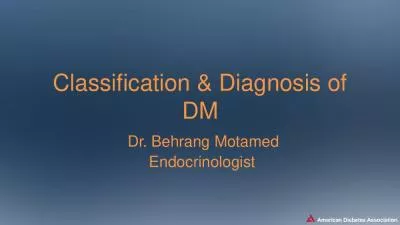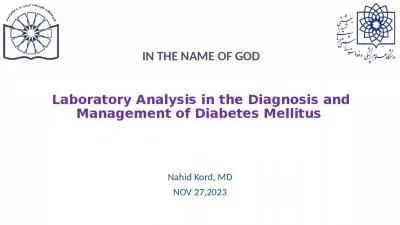PPT-Definition, Classification and Diagnosis of Diabetes, Predi
Author : yoshiko-marsland | Published Date : 2016-10-27
Chapter 3 Ronald Goldenberg Zubin Punthakee Canadian Diabetes Association 2013 Clinical Practice Guidelines Key Messages Screen wisely Diagnose precisely Diagnosis
Presentation Embed Code
Download Presentation
Download Presentation The PPT/PDF document "Definition, Classification and Diagnosis..." is the property of its rightful owner. Permission is granted to download and print the materials on this website for personal, non-commercial use only, and to display it on your personal computer provided you do not modify the materials and that you retain all copyright notices contained in the materials. By downloading content from our website, you accept the terms of this agreement.
Definition, Classification and Diagnosis of Diabetes, Predi: Transcript
Download Rules Of Document
"Definition, Classification and Diagnosis of Diabetes, Predi"The content belongs to its owner. You may download and print it for personal use, without modification, and keep all copyright notices. By downloading, you agree to these terms.
Related Documents

